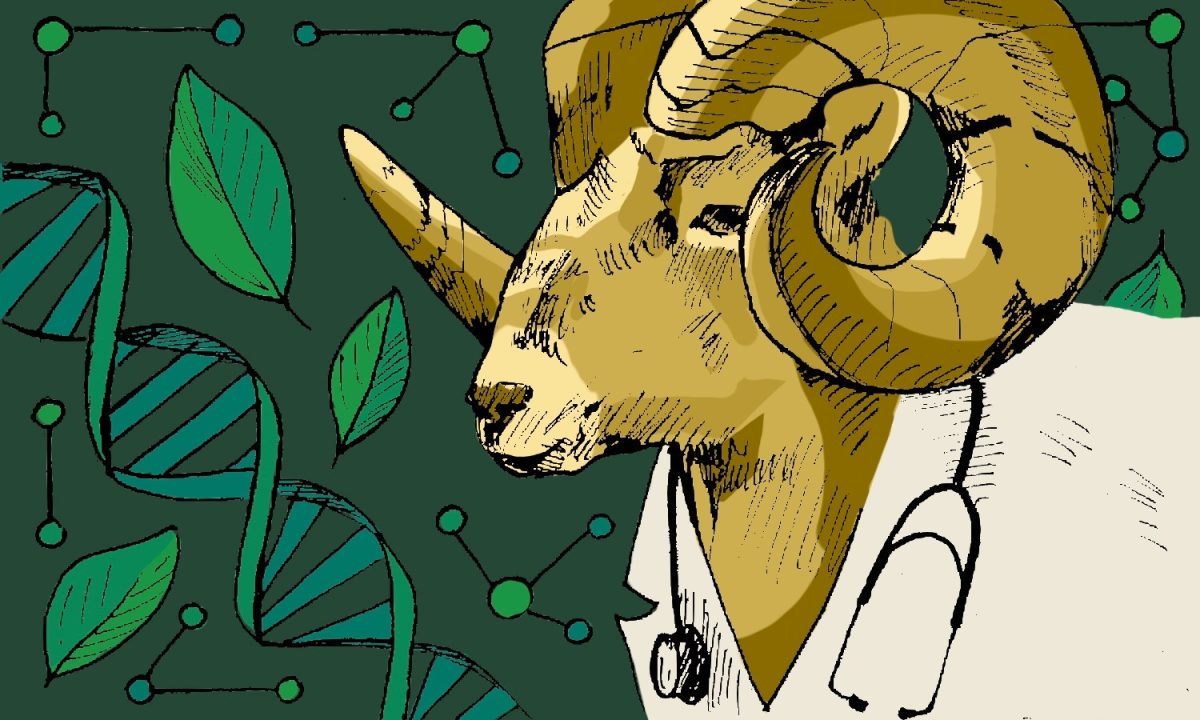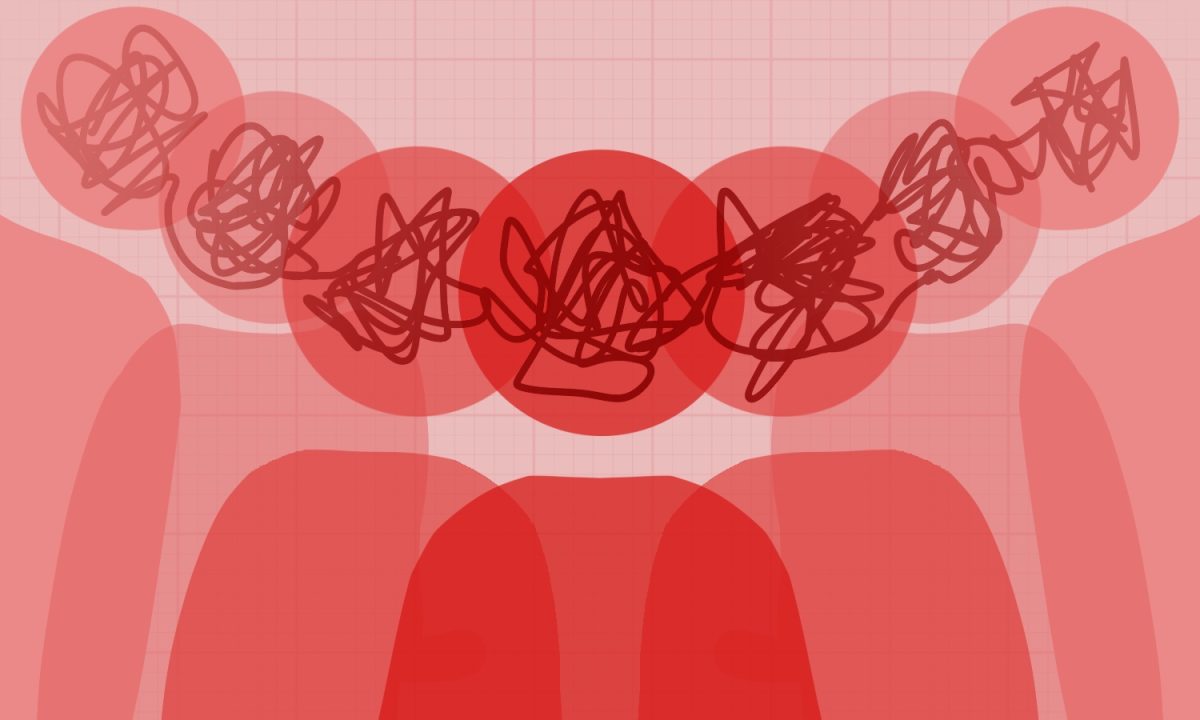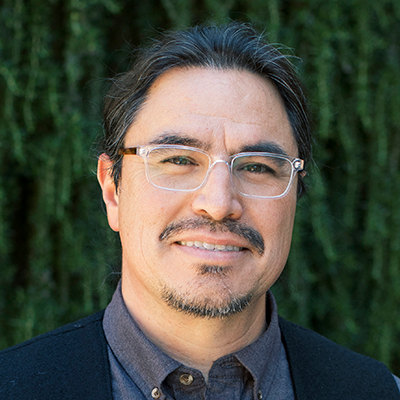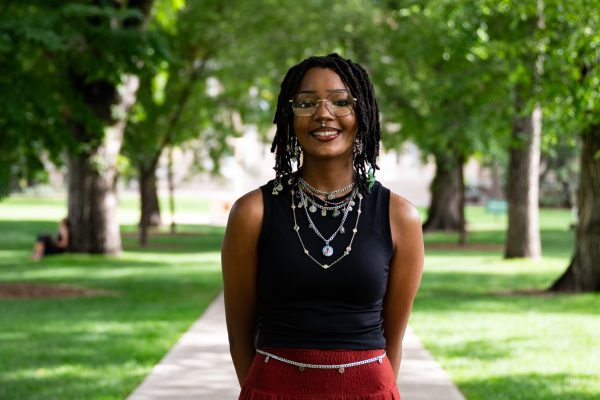Approximately 270,000 women in the United States are diagnosed with breast cancer annually, according to the Centers for Disease Control and Prevention.
Breast cancer is a disease that develops when abnormal breast cells rapidly and uncontrollably grow, eventually forming tumors in the breast. Right after skin cancer, breast cancer is the most common cancer women are diagnosed with.
While this disease is prominently seen in those who are 50 or older, there has been a significant increase in breast cancer rates among people aged 18-45.
“Cancer is a disease in which some of the cells in a body start to divide in an uncontrolled way,” said Claudia Wiese, an associate professor at Colorado State University involved in research concerning radiation cancer biology. “(It is) uncontrolled because the brakes to cell division, which exist in healthy normal cells, are taken away. This is a consequence of changes that have occurred in the cancer cells’ DNA.”
There are many different factors that can influence someone’s chances of developing breast cancer. Genetic risk factors, such as a person’s age, biological sex, family history of breast cancer or breast tissue density, are unable to be controlled. However, lifestyle and environmental risk factors, such as diet, amount of physical activity and alcohol consumption, can be controlled or changed to limit one’s risk of developing breast cancer.
“There has actually been an increase in the early onset of a number of different cancers including breast, colorectal and lung cancers, to name a few. A recent article discovered that these early-onset cancers were highest in some of the wealthiest countries.” -Dawn Duval, CSU clinical sciences assistant department head for research
Dawn Duval, assistant department head in the CSU department of clinical sciences, leads the Molecular Oncology and Functional Genomics program. Duval’s work includes projects that explore genetic changes contributing to cancer development in canines.
Duval said understanding both genetic and environmental factors is key when discussing the rise in cancer cases.
“These habits can make our bodies less healthy and might make it easier for cancer to start,” Duval said. “It’s important to remember that while these things might increase the risk, they don’t always cause cancer. Many factors play a role in whether someone gets cancer or not.”
Cancer that develops in younger populations is referred to as “early-onset cancer.” According to recent data, cases of breast cancer increased overall by 1% per year from 2012 to 2021, but the increase in cases for people under 50 was steeper at 1.4% per year.
According to the American Cancer Society, those diagnosed with early-onset cancer make up an estimated 16% of all breast cancer diagnoses in the United States, and 5.2% of deaths due to breast cancer occur in those aged 45 or younger.
A precise cause for the increase in early-onset breast cancer cases has not been determined. However, it is likely that there is a more prominent hereditary component than in those 50 or older who are diagnosed with breast cancer.
“There has actually been an increase in the early onset of a number of different cancers, including breast, colorectal and lung cancers, to name a few,” Duval said. “A recent article discovered that these early-onset cancers were highest in some of the wealthiest countries.”
As cancer rates increase, so do ways to treat cancer. Treatment options continue to become available as research expands in the field.
“One new approach (to treating cancer) is to engineer our normal immune cells to become better cancer fighting cells using gene therapy,” said Steven Dow, CSU clinical sciences professor. “This type of therapy produces a living drug that can persist in the body for months to years to fight off new cancers from developing.”
People can be vigilant for signs of breast cancer in their everyday lives. While symptoms may vary between people — and some individuals exhibit no symptoms at all — it’s important to watch out for a change in the size or shape of one’s breasts, pain in any area of the breasts, discharge other than breast milk from nipples or new lumps in the breast or underarm areas. It is recommended that anyone who experiences these symptoms set up an appointment with their physician as soon as possible.
Reach Hana Pavelko at science@collegian.com or on Twitter @CSUCollegian.










